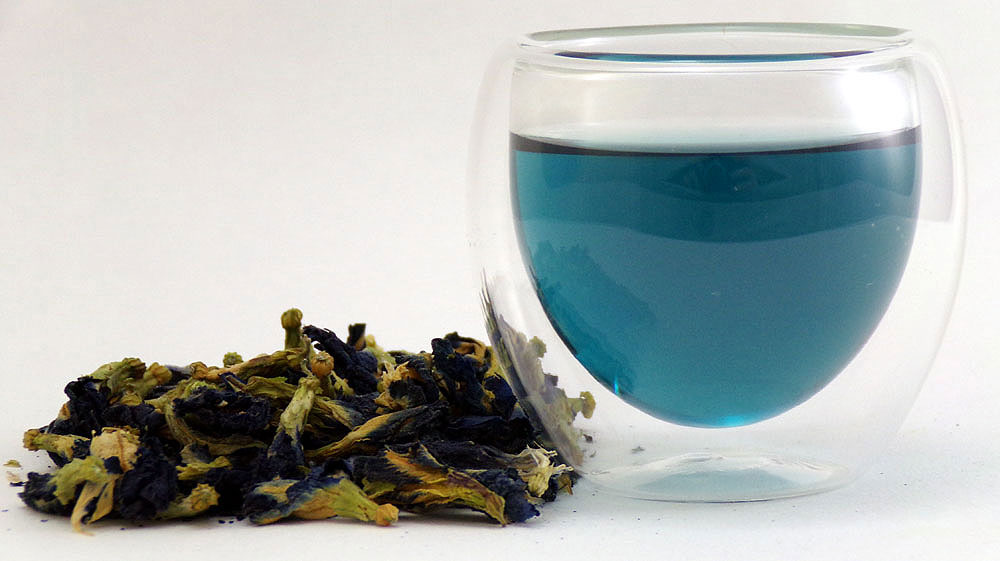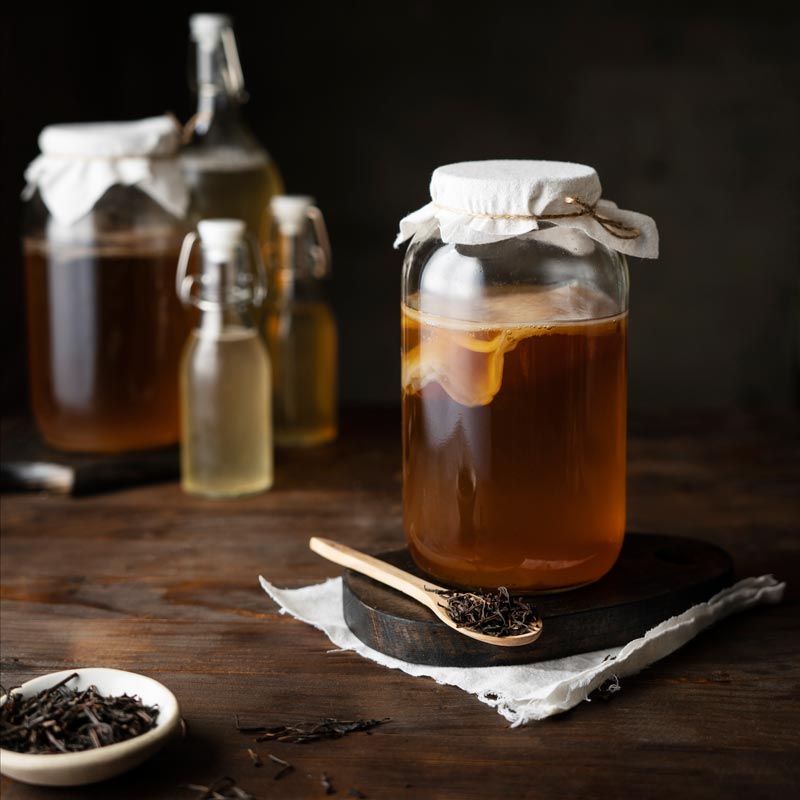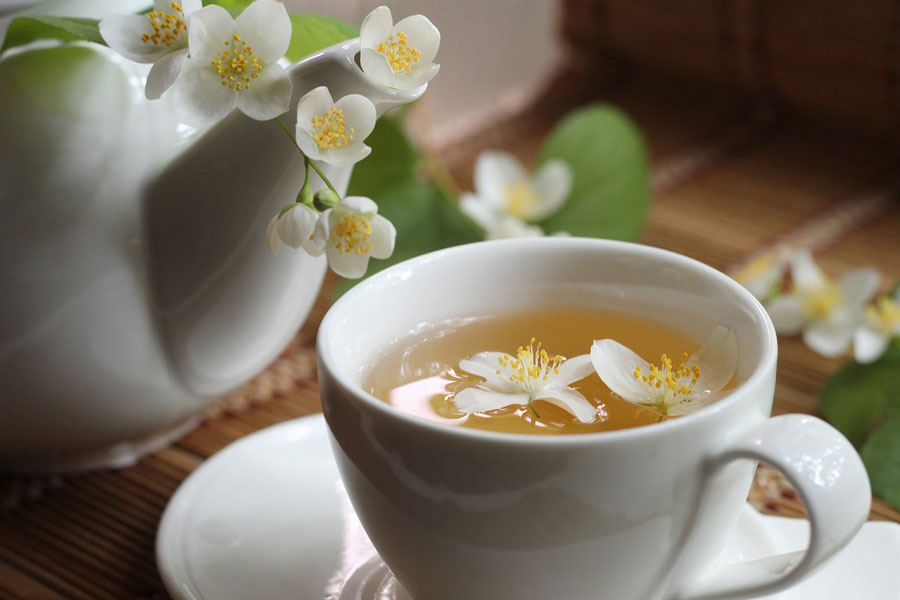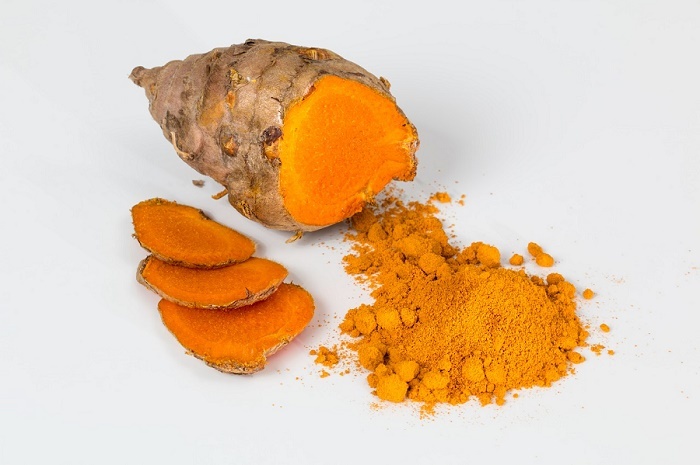The first thing that is mesmerizing about the blue tea is undoubtedly its colour. I watched starry-eyed when I first saw this blue liquid that looked like a splash from a deep blue ocean. For those who do not know, blue tea is prepared from the dried blue-pea flower which in Assamese is called the “Aparajita Phool” (Assamese: অপৰাজিতা ফুল). I have seen this flower grow in gardens in nearby houses all through my childhood, but until recently I was not aware that it can, in fact, be made into a tisane.
The Scientific name of Blue pea plant is Clitoria ternatea. It is a common garden herb in India and is native to South East Asia. The Hindus of India are acclimatised to the blue pea plant because of its use in Pujas and other rituals. In Hindu tradition, blue pea is considered to be pious and commonly serves as an offering to the Gods.
Though commercially herbal blue tea could be a new concept, it has been around for a long time among the indigenous groups of Thailand, Vietnam, Bali and Malaysia. Served both hot and cold, the mystic blue liquid is graced as a welcome drink in spas or is enjoyed as a refreshment post dinner in Thailand and Vietnam. In Thailand, it goes by the name of ‘Nam Dok Anchan’ where the blue tea is served with a dash of lemon and quite intriguingly it changes its colour to a mellow purple. That is another speciality of this herbal liquid. It changes colour with different pH levels.
Health Benefits
Blue tea is an herbal drink and like all herbal teas, it has its innate characteristics of being a health booster.
- Aids Weight Loss: Something that might draw out attention to the consumption of blue tea is its ability to boost metabolism and burn calories. It can also act as a detox drink. Detox drinks are trending lately as more and more people are becoming aware of its pluses and incorporating it in their diet routines. Not only does detox drinks enhance the natural detoxification process in the body, it also adds to the overall health.
- A Fever Med- Like paracetamol, blue tea can also act as a fever reducer and pain reliever due to its antipyretic properties.
- No Caffeine and High Levels of Antioxidants- Blue tea has zero caffeine content and is rich in antioxidants. Free radicals in the body are waste products produced by the cells of the body as its reaction to processing of food or to the environment. Presence of excess free radicals can be damaging to the cells. Antioxidants are precisely those substances which help free the body of free radicals. Antioxidants can be artificial or natural. Antioxidant-rich blue tea can thus ensure the overall health of the body, antioxidants being a major contributor to boosting health immunity.
- Stress Reliever- Like most teas, especially herbal teas, Blue Tea is an excellent stress and anxiety reliever.
- Anti- ageing Property- Being a natural antioxidant that boosts the overall health of the body cells, blue tea may act as an anti-ageing potion.
A Quick Recipe
Bring water to boil in a bowl or a saucepan. Throw in a few chunks of dried blue pea petals and let it steep for some time. The more the steeping time, the better. The transparent water turns to a deep blue languid liquid. Strain out the flower petals, add in some sugar and pour the liquid out into a separate bowl and enjoy a fresh hot cup of blue tea. It can also be refrigerated. Adding a dash of lemon to it will turn the liquid into a beautiful purple and can be served cold.
So there you go! If you have not had blue tea before, now might be a time to explore.
(Read about Mint Green Tea)






